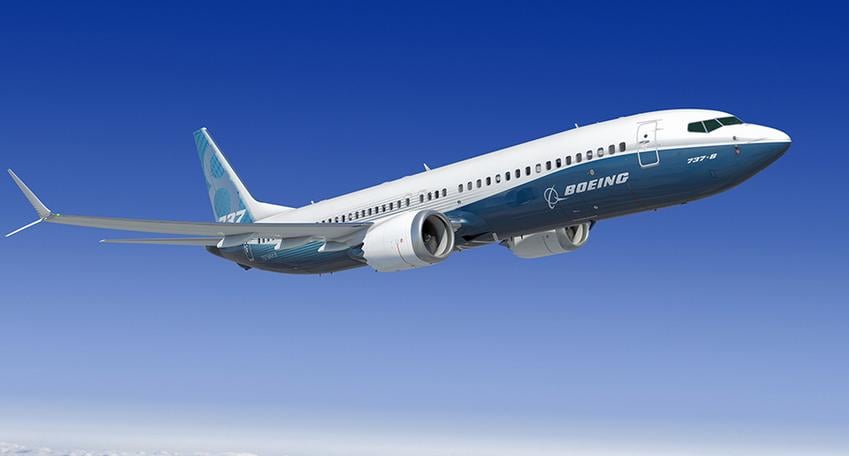
WASHINGTON—FAA Administrator Steve Dickson suggested Boeing improve the “quality and timeliness” of information it is providing the agency to support getting the 737 MAX back into service, part of a larger message that Boeing’s efforts should focus on meeting regulatory demands, not influencing the process.
Dickson’s strong message was delivered during a face-to-face meeting with Boeing CEO Dennis Muilenburg and Boeing Commercial Airplanes President Stan Deal Dec. 12.
“The administrator recommended to Mr. Muilenburg that Boeing’s focus should be on the quality and timeliness of data submittals for FAA review,” the FAA said in an update to U.S. lawmakers on the meeting. “He made clear that FAA’s certification requirements must be 100% complete before return to service.”
Dickson called the meeting to address concerns that Boeing has been pursuing “a return-to-service schedule that is not realistic due to delays that have accumulated for a variety of reasons,” a separate email from FAA to lawmakers explained.
Boeing had repeatedly expressed confidence that FAA would grant a return-to-service approval in the fourth quarter, possibly enabling resumption of MAX deliveries in 2019. The timeframe was first communicated in July to support projected financial ramifications that Boeing communicated to Wall Street. Boeing stuck to it throughout the fall, even amid reports of issues that were adding to both the FAA’s and Boeing’s workloads.
The MAX fleet has been grounded since mid-March, following two accidents in five months. The FAA has ordered Boeing to modify the aircraft’s flight control computer software and update its training. The scope of work has expanded to cover other issues regulators have flagged, adding to the timeline. Boeing also has been asked to provide more details on certain issues as part of its submissions to FAA, which include documentation detailing the changes. In some cases, Boeing submitted documents and expected feedback needed to take the next steps more quickly than the FAA could provide it, two sources said.
Dickson “reminded” Muilenburg “that FAA controls the review process and that he has told FAA’s aviation safety experts working on continued review of the 737 MAX to take the time they need to get this right and they have his full support,” the FAA’s update to lawmakers said.
Boeing said in a statement that the meeting was “productive” and that it will “work with the FAA to support their requirements and their timeline as we work to safely return the MAX to service in 2020.”
Separately, American Airlines became the first U.S. carrier to react to the drawn-out timeline, removing MAXs from its schedule through Apr. 7. The previous plans had MAXs re-entering on March 4—similar to United Airlines and Southwest Airlines.
The carriers project they will need at least a month to get MAXs ready for service and train flight and cabin crews once the FAA approves the model to return. They also plan to build in time for demonstration flights to help boost employee and passenger confidence.





